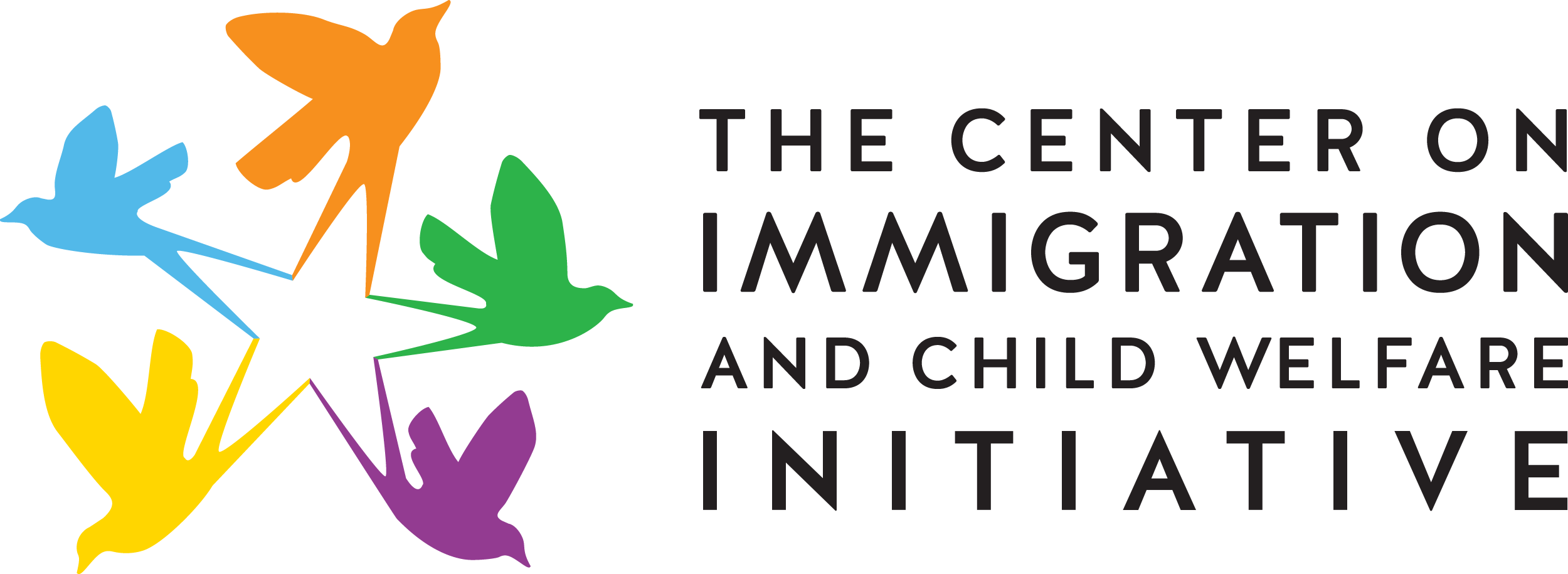Legislative Bulletin
Danilo Zak, National Immigration Forum (October 23, 2020)
The Legislative Bulletin provides immigration updates and announcements on bills that have been introduced, the legislative floor calendar, dates of upcoming hearings and markups, new themes in Washington, government reports, and resources.

